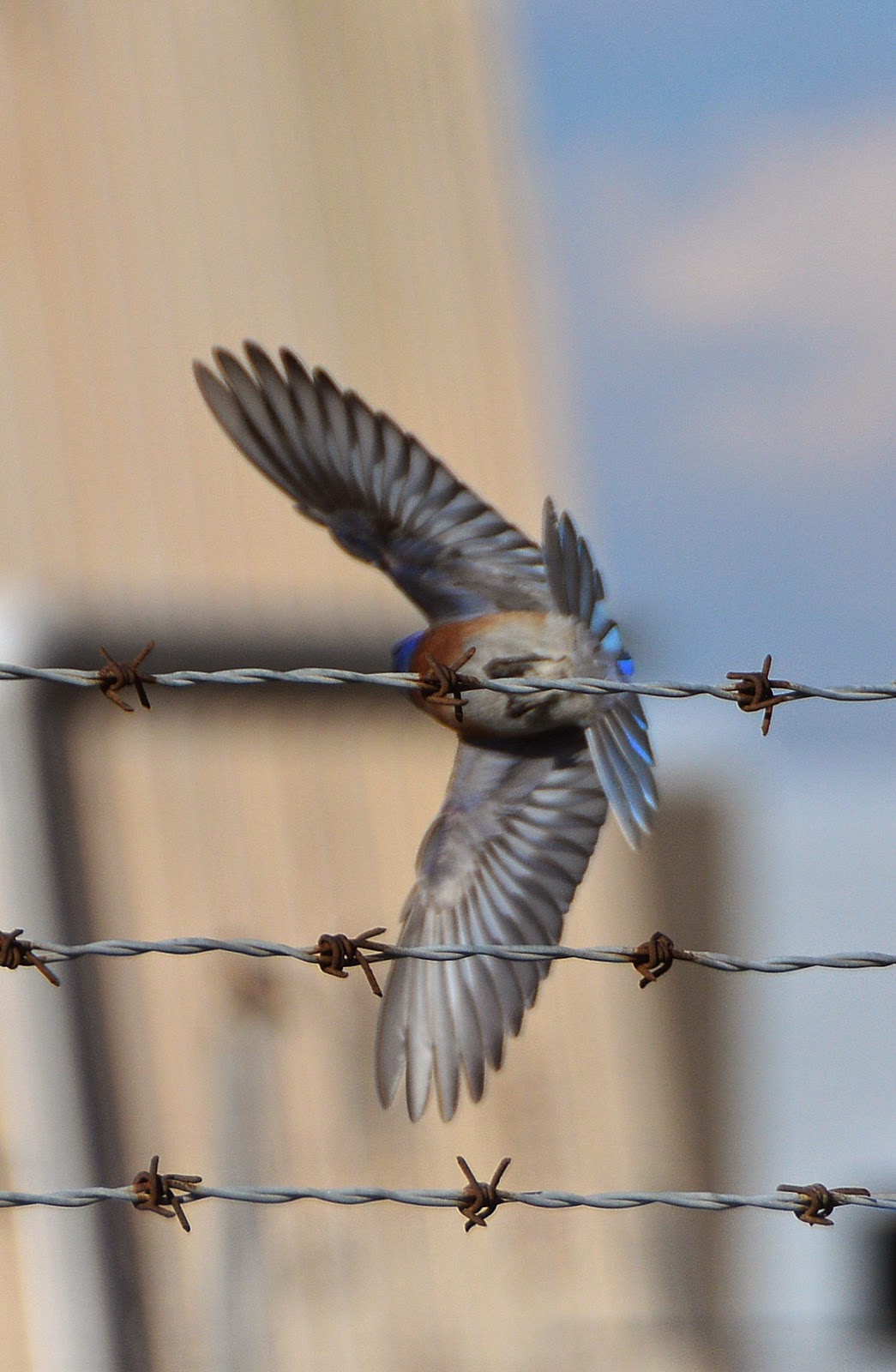cere
seer
noun
ornithology
- a fleshy, membranous covering of the base of the upper mandible of a bird, especially a bird of prey or a parrot, through which the nostrils open.
Origin, Medieval Latin cēra literally, wax
 |
| The cere of this 1st year adult Red-tailed Hawk is a bit raw. |
From time to time you'll see birds with bloodied ceres. This happens because despite how "soft" we attempt to make the linings of our traps the very act of the bird thrashing around makes them susceptible injuring their ceres. Some species like Cooper's Hawks are particularly agitated when in a trap and thrash around quite a bit, which is why we like to get them out of the traps as soon as possible and placed in a transport kennel where a.) they're less likely injure themselves, and b.) they can calm down a bit. Angry birds are only fun in the game!
















